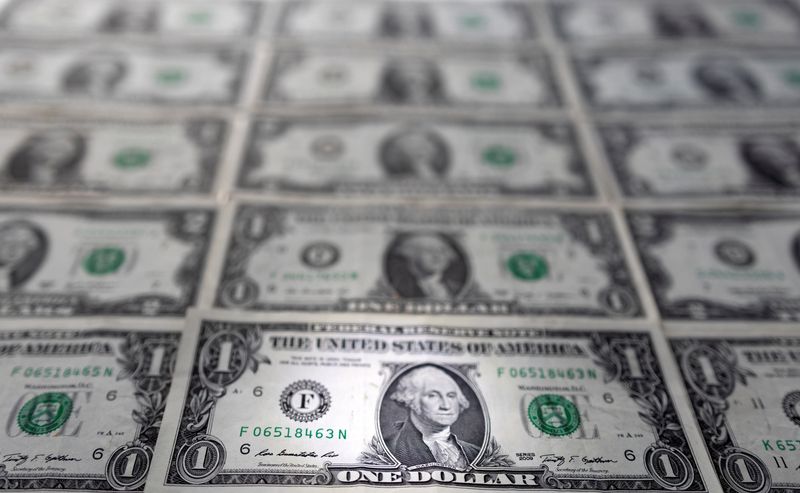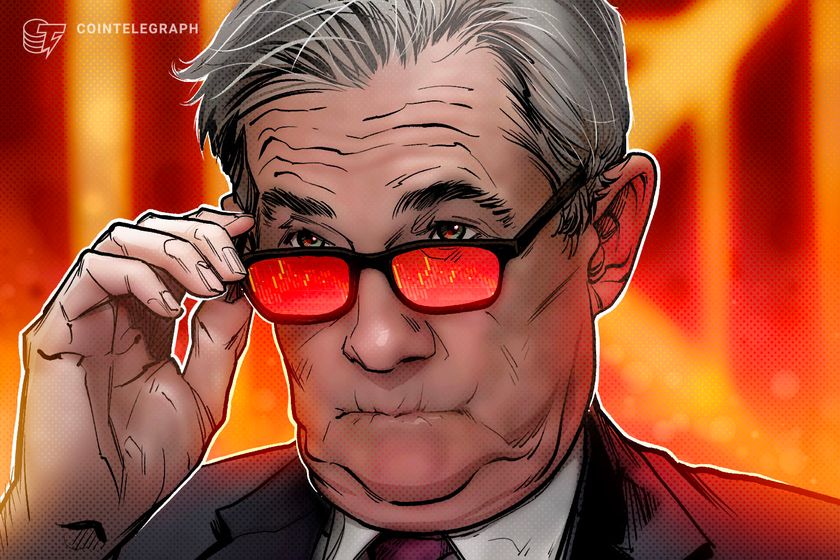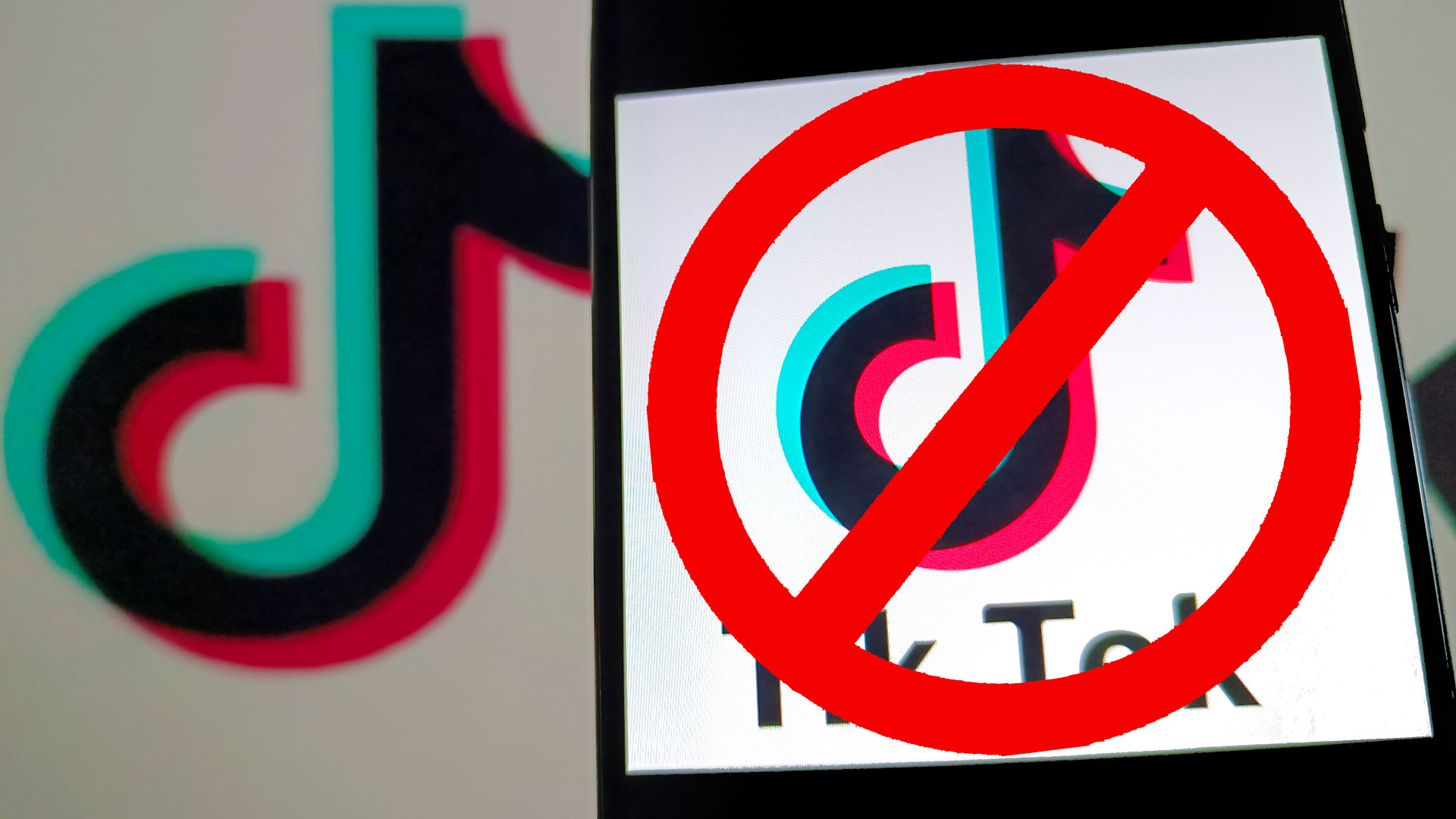Trump’s tariffs will hurt the entire auto industry—but especially EVs
The Trump administration’s 25% tariffs on imported cars and auto parts is expected to disrupt the auto industry and raise car prices by thousands of dollars. And electric vehicles are at particular risk. Trump’s tariffs on vehicle imports went into effect on Thursday, and tariffs on imported auto parts will go into effect by May 3. For the car industry broadly, the lowest-priced American vehicles could see additional costs of $2,500 to $5,000 due to tariffs, the Anderson Economic Group said in a report this week. SUVs, in particular, could be hit harder—though many are assembled in the U.S., they have parts from Canada, Europe, and Mexico, and so could see price hikes of $10,000 to $12,000. EVs, as well, could see price increases that “exceed $15,000.” For some imported models, tariffs could raise prices by up to $20,000. All told, U.S. consumers could see an estimated $30 billion increase in the cost of cars in the first full year of the tariffs. Though the Inflation Reduction Act sought to spur domestic EV manufacturing, there are still a handful of EVs that are imported from abroad—including the Polestar 2 (from China), the Mustang Mach-E (from Mexico), the Volkswagen ID.BUZZ (from Germany), and the Hyundai Ioniq 6 (from South Korea—though Hyundai did just open a U.S. plant to build its Ioniq 5 and 9 EVs in Georgia.) But EVs manufactured in the U.S. still rely on imported materials, primarily batteries and battery components. “The IRA has led to the establishment of domestic production facilities, but the transition is still ongoing,” says Stephanie Valdez Streaty, director of industry insights at Cox Automotive. Even Teslas, which are made in the U.S., have about 20% to 25% of their value in components sourced from Mexico. Elon Musk himself said that the cost impact of these tariffs is “not trivial.” And these aren’t the only tariffs at play for EVs. “While both electric vehicles and internal combustion engine vehicles are affected by tariffs, EVs are impacted more by aluminum tariffs and battery materials, which can significantly raise production costs,” Valdez Streaty says. EVs use more aluminum than gas-powered cars as a way to reduce weight and make them more efficient (both vehicle types use about the same amount of steel, which is also facing tariffs). Trump could also impose even higher tariffs on graphite, a key component in anodes and batteries overall; the U.S. International Trade Commission says China has been exporting artificially cheap graphite, which has suppressed the U.S.’s own graphite industry. Petitions from U.S. producers of anode materials U.S. have requested tariffs on Chinese graphite be raised to as high as 920%. (The U.S. produces no graphite itself, and so relies on imports.) That could raise the cost of synthetic graphite anode material from $4,200 per metric ton to approximately $42,672 per metric ton, Valdez Streaty says, which could raise the entire cost of NMC 811 cells, a type of lithium-ion-battery, by 51%. Tesla, Volkswagen, and Ford have used such battery cells. Tariffs, EV tax credit removal would hurt EV demand The U.S. already lacks affordable EVs—especially in comparison to China, which has made EV models for as cheap as $10,000. Tariffs, combined with the potential roll back of the EV tax credit, could sink domestic EV demand, even those made by American workers. The EV tax credit, part of the IRA, was meant to spur domestic EV production; getting rid of it could then eliminate the need for future EV or EV battery factories here, according to a Princeton University study from March. That study found that if that EV tax credit goes away (and also if tailpipe emissions regulations are reversed), then “as much as 100%” of planned EV factories could be at risk of being canceled or closed. Between 29% and 72% of U.S. battery factories operating by the end of 2025 would also be “unnecessary to meet automotive demand and could be at risk of closure,” the study noted. That’s because removing the tax credit could cause EV sales to drop about 30% in 2027 and 40% in 2030, compared to a scenario in which those policies continued. The study found that cumulatively, there could be 8.3 million less EVs and plug-in hybrids on U.S. roads in 2030.

The Trump administration’s 25% tariffs on imported cars and auto parts is expected to disrupt the auto industry and raise car prices by thousands of dollars. And electric vehicles are at particular risk.
Trump’s tariffs on vehicle imports went into effect on Thursday, and tariffs on imported auto parts will go into effect by May 3. For the car industry broadly, the lowest-priced American vehicles could see additional costs of $2,500 to $5,000 due to tariffs, the Anderson Economic Group said in a report this week.
SUVs, in particular, could be hit harder—though many are assembled in the U.S., they have parts from Canada, Europe, and Mexico, and so could see price hikes of $10,000 to $12,000. EVs, as well, could see price increases that “exceed $15,000.”
For some imported models, tariffs could raise prices by up to $20,000. All told, U.S. consumers could see an estimated $30 billion increase in the cost of cars in the first full year of the tariffs.
Though the Inflation Reduction Act sought to spur domestic EV manufacturing, there are still a handful of EVs that are imported from abroad—including the Polestar 2 (from China), the Mustang Mach-E (from Mexico), the Volkswagen ID.BUZZ (from Germany), and the Hyundai Ioniq 6 (from South Korea—though Hyundai did just open a U.S. plant to build its Ioniq 5 and 9 EVs in Georgia.)
But EVs manufactured in the U.S. still rely on imported materials, primarily batteries and battery components. “The IRA has led to the establishment of domestic production facilities, but the transition is still ongoing,” says Stephanie Valdez Streaty, director of industry insights at Cox Automotive. Even Teslas, which are made in the U.S., have about 20% to 25% of their value in components sourced from Mexico. Elon Musk himself said that the cost impact of these tariffs is “not trivial.”
And these aren’t the only tariffs at play for EVs. “While both electric vehicles and internal combustion engine vehicles are affected by tariffs, EVs are impacted more by aluminum tariffs and battery materials, which can significantly raise production costs,” Valdez Streaty says. EVs use more aluminum than gas-powered cars as a way to reduce weight and make them more efficient (both vehicle types use about the same amount of steel, which is also facing tariffs).
Trump could also impose even higher tariffs on graphite, a key component in anodes and batteries overall; the U.S. International Trade Commission says China has been exporting artificially cheap graphite, which has suppressed the U.S.’s own graphite industry. Petitions from U.S. producers of anode materials U.S. have requested tariffs on Chinese graphite be raised to as high as 920%. (The U.S. produces no graphite itself, and so relies on imports.)
That could raise the cost of synthetic graphite anode material from $4,200 per metric ton to approximately $42,672 per metric ton, Valdez Streaty says, which could raise the entire cost of NMC 811 cells, a type of lithium-ion-battery, by 51%. Tesla, Volkswagen, and Ford have used such battery cells.
Tariffs, EV tax credit removal would hurt EV demand
The U.S. already lacks affordable EVs—especially in comparison to China, which has made EV models for as cheap as $10,000. Tariffs, combined with the potential roll back of the EV tax credit, could sink domestic EV demand, even those made by American workers.
The EV tax credit, part of the IRA, was meant to spur domestic EV production; getting rid of it could then eliminate the need for future EV or EV battery factories here, according to a Princeton University study from March.
That study found that if that EV tax credit goes away (and also if tailpipe emissions regulations are reversed), then “as much as 100%” of planned EV factories could be at risk of being canceled or closed. Between 29% and 72% of U.S. battery factories operating by the end of 2025 would also be “unnecessary to meet automotive demand and could be at risk of closure,” the study noted.
That’s because removing the tax credit could cause EV sales to drop about 30% in 2027 and 40% in 2030, compared to a scenario in which those policies continued. The study found that cumulatively, there could be 8.3 million less EVs and plug-in hybrids on U.S. roads in 2030.












































































































































































.jpg)
%20Abstract%20Background%20112024%20SOURCE%20Amazon.jpg)




















